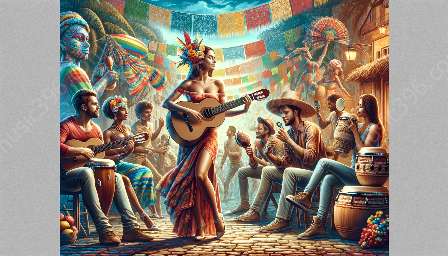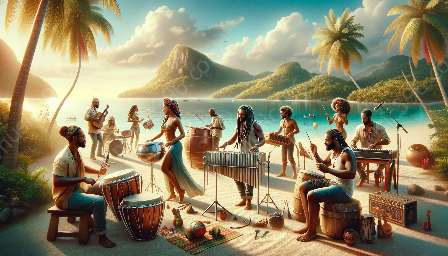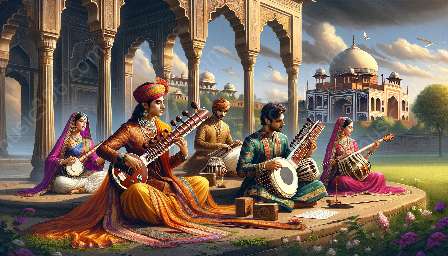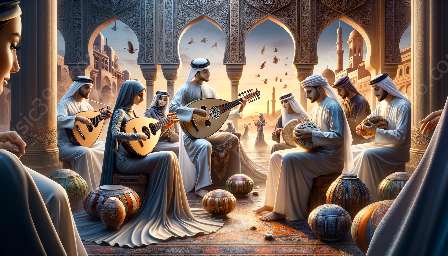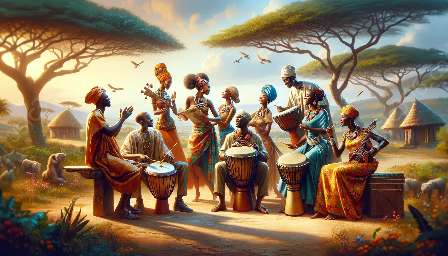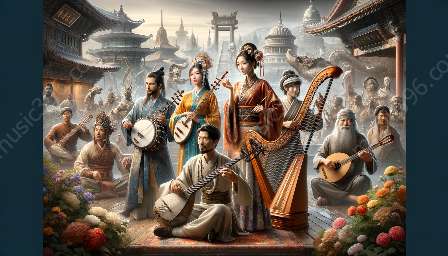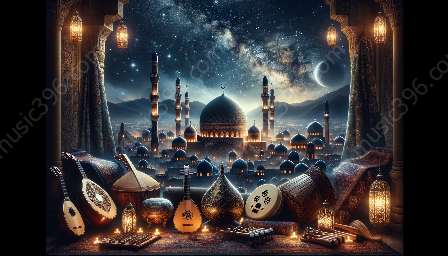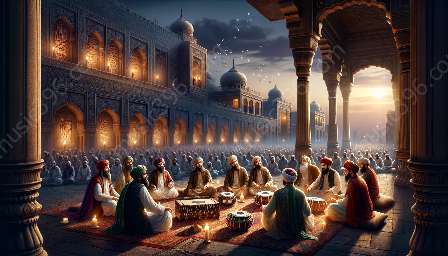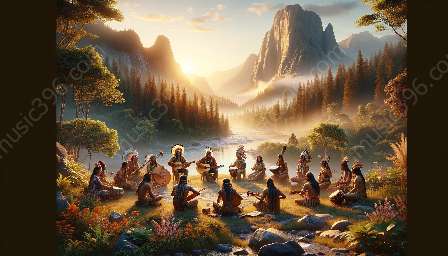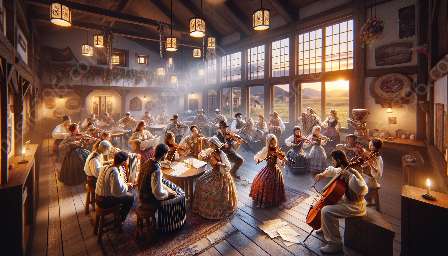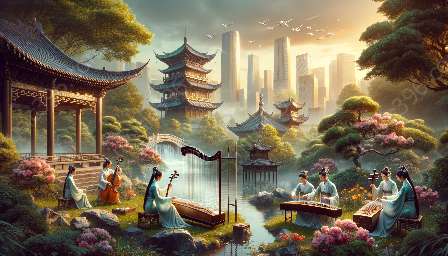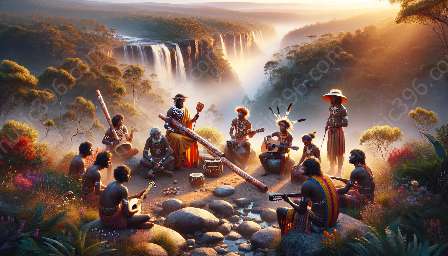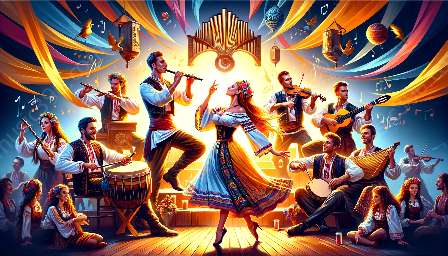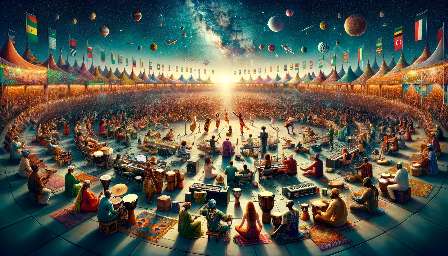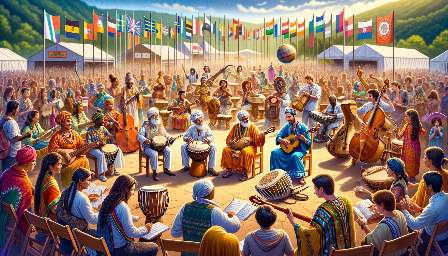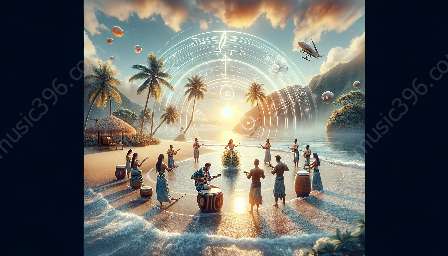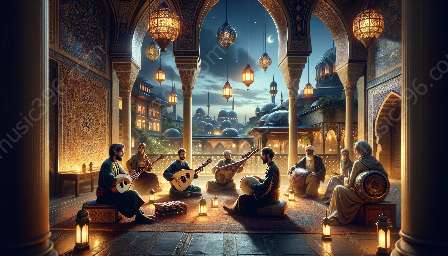Oceania is a region known for its vibrant music and dance traditions, which hold a deep cultural significance for the diverse communities across the Pacific Islands. The intertwining of music and dance in Oceania goes far beyond mere entertainment, playing a central role in expressing cultural identity, history, and social connections.
Oceanian Music: A Reflection of Tradition and Identity
Music in Oceania encompasses a wide range of styles, reflecting the diversity of the region's cultural heritage. From the rhythmic beats of Polynesian drums to the melodious chants of Micronesian choirs, each musical tradition tells a story of the community it represents, serving as a means of passing down cultural knowledge from one generation to the next.
Traditional Instruments: One of the most distinctive features of Oceanian music is the use of traditional instruments, such as the Tahitian ukulele, Fijian lali drum, and Hawaiian nose flute. These instruments not only produce unique sounds but also hold symbolic value, often representing the natural environment, mythology, or daily life of the island communities.
Rhythmic Patterns: The rhythmic patterns found in Oceanian music are deeply connected to the cultural practices and customs of the indigenous peoples. From the steady pulsing of Maori haka to the rapid footwork in Samoan siva, each rhythm carries the essence of the community's traditions and serves as a form of cultural expression.
Dance as Cultural Expression
Dance is an integral part of Oceanian culture, with each movement conveying a rich tapestry of cultural significance. Whether it's the mesmerizing hip sways of Hawaiian hula or the powerful gestures of Papua New Guinean sing-sing, dance serves as a medium for storytelling, spiritual connection, and social cohesion.
Ceremonial Dances: Many Oceanian dances are performed within the context of ceremonies and rituals, marking important events such as harvests, initiations, and commemorations. These dances often incorporate intricate movements that reflect the stories, beliefs, and values of the community, illustrating the interconnectedness of music, dance, and cultural traditions.
Social Cohesion: Dance plays a crucial role in fostering a sense of unity and belonging within Oceanian communities. Whether it's the communal line dances of the Cook Islands or the synchronized movements of Torres Strait Islander dances, the collective nature of dance brings people together, reinforcing social bonds and shared identities.
Interwoven Cultural Significance
The significance of music and dance in Oceania extends beyond mere performance, intertwining with the very fabric of community life and cultural heritage. These art forms serve as a means of preserving and transmitting traditional knowledge, fostering connections between past and present, and affirming the distinct identities of Oceanian peoples.
Transmission of Culture: Through music and dance, Oceania's cultural traditions are passed down from one generation to the next, ensuring the continuity of knowledge, stories, and values. Whether through oral traditions woven into songs or the preservation of dance choreographies, these art forms act as living repositories of cultural heritage.
Unity in Diversity: Despite the diversity of traditions across Oceania, music and dance stand as unifying forces, transcending linguistic and geographical barriers. Whether it's the pan-Pacific influences in Melanesian music or the shared motifs in Polynesian dances, these art forms showcase the interconnectedness of Oceanian cultures.
Celebrating Diversity and Tradition
Oceania's music and dance traditions are a celebration of diversity and a testament to the resilience of indigenous cultures in the face of social and environmental change. By embracing the cultural significance of these art forms, we can gain a deeper understanding of the heritage and identity of Oceanian communities, and honor the enduring legacy of their artistic expressions.
By recognizing the intricate entwining of music and dance in Oceania, we can appreciate the richness of cultural exchange and the profound impact of these art forms on the social, spiritual, and historical dimensions of Oceanian societies.

